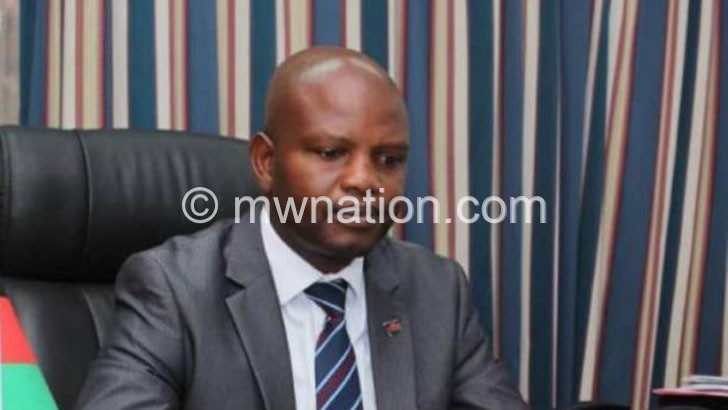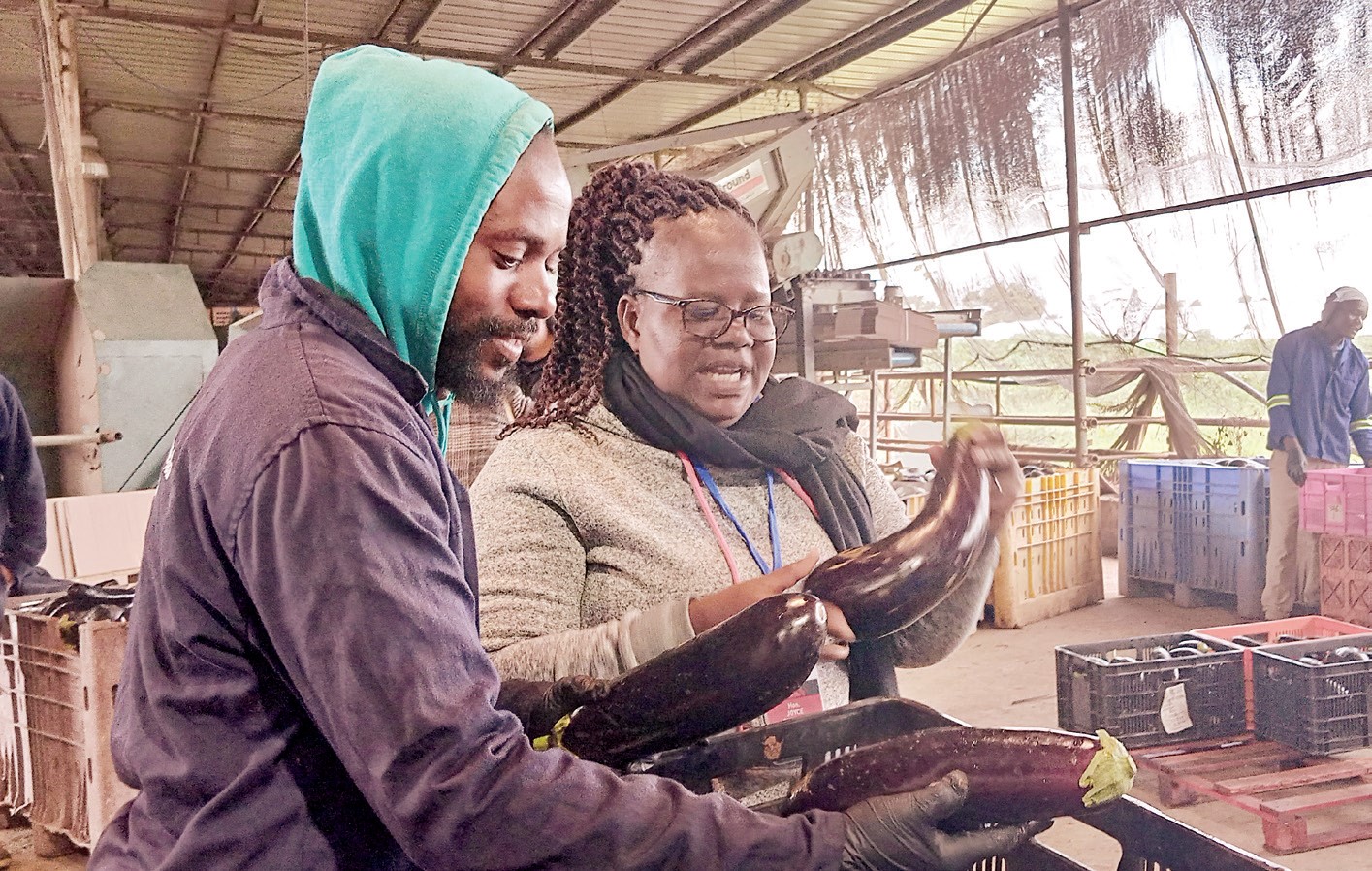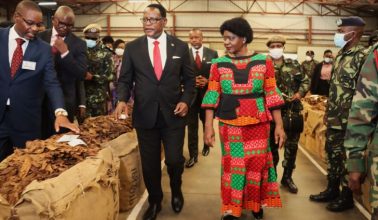1.8m face hunger—Mvac
New estimates by the Malawi Vulnerability Assessment Committee (Mvac) indicate that 1 879 391 Malawians face hunger in the current harvest season, an increase from the 1 062 674 that Mvac estimated last May.
The latest assessment, whose results were released on December 20, was conducted from November 4 to 29, 2019 as a follow-up to the first assessment which is traditionally conducted soon after the harvest in May.

Reads the new report in part: “The November 2019 assessment has shown an increase in the number of food-insecure people from 1 062 674 to 1 879 391 across the country. However, there is no change in the number of months for intervention [deficit months] which are 2-5 months.”
Principal Secretary in the Office of the Vice-President Wilson Moleni, who is also Commissioner for Disaster Management Affairs, said in an interview yesterday the increase in the number of affected people is due to the low availability of maize on the market.
He said: “There is low availability of maize on the market which is contributing to price increases as private traders withhold stocks in anticipation of better prices.”
Moleni added that high maize prices, food inflation and fuel prices are reducing purchasing power of vulnerable households. He said low tobacco prices at the auction floors further reduced income for households in the Central Region, which resulted in over-selling of maize.
Cassava mealy bug was reported to have destroyed cassava crop in the Nkhata Bay Cassava Livelihood Zone.
Moleni said: “Reduced winter harvest caused by high temperatures, the impact of the fall armyworms, and lack of rains in the southern areas have further reduced income for households.”
According to the report, Balaka, Neno and Nsanje appear to have a higher population of food-insecure people as each district has 25 percent of population being food-insecure.
Thyolo and Mulanje have 15 percent of their population facing hunger while Lilongwe has 10 percent.
Following the release of the May report, the Parliamentary Committee on Agriculture questioned the credibility of the Mvac assessments, arguing that for many years, the Mvac projections on country’s maize situation did not match with the reality on the ground.
When asked to comment on the new figures, committee chairperson Sameer Suleman said in an interview yesterday it was hard to comment when the report has not yet been presented to his committee.
But he said one cannot deny that there is hunger in the country.
“It is a regional problem. Drought has affected Zambia, Mozambique and Malawi. We are not surprised to see the figures going up, but Mvac should start doing assessments for the next season.”
Meanwhile, Moleni has said government is already implementing the 2019/2020 National Lean Season Food Insecurity Programme (LS-Firp) to address the needs of the affected populations .
He said: “The resource requirements are being revised based on the new figures. Government also rolled out a Once-Off Maize Distribution Exercise in all districts to cater for immediate food needs pending the roll out of the Mvac humanitarian response programme. Government also rolled out rice distribution to districts affected by floods in 2019.”
In the 2018/19 growing season, the national maize production was estimated at 3.4 million metric tonnes (MT), a 26 percent jump from 2.7 million MT in the 2017/18 growing season.
During the launch of the 2019/20 LS-Firp and the National Disaster Recovery Framework in Machinga on October 20, Vice-President Everton Chimulirenji said government needed about K38 billon to buy food and other items. The programme will be implemented up to March 2020 as recommended by the Mvac annual assessment report





